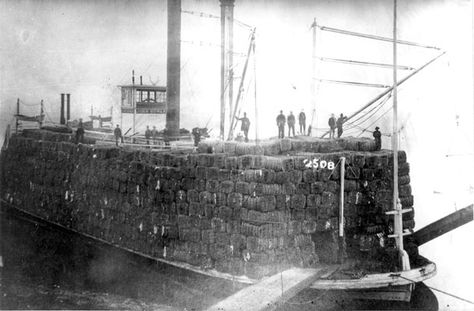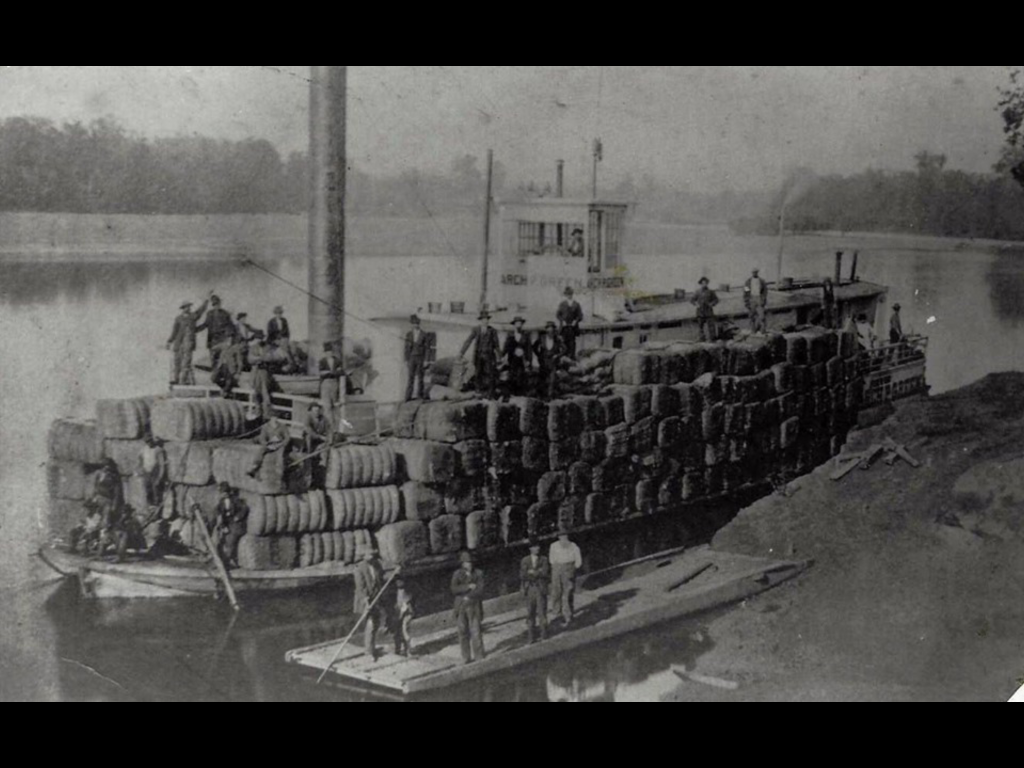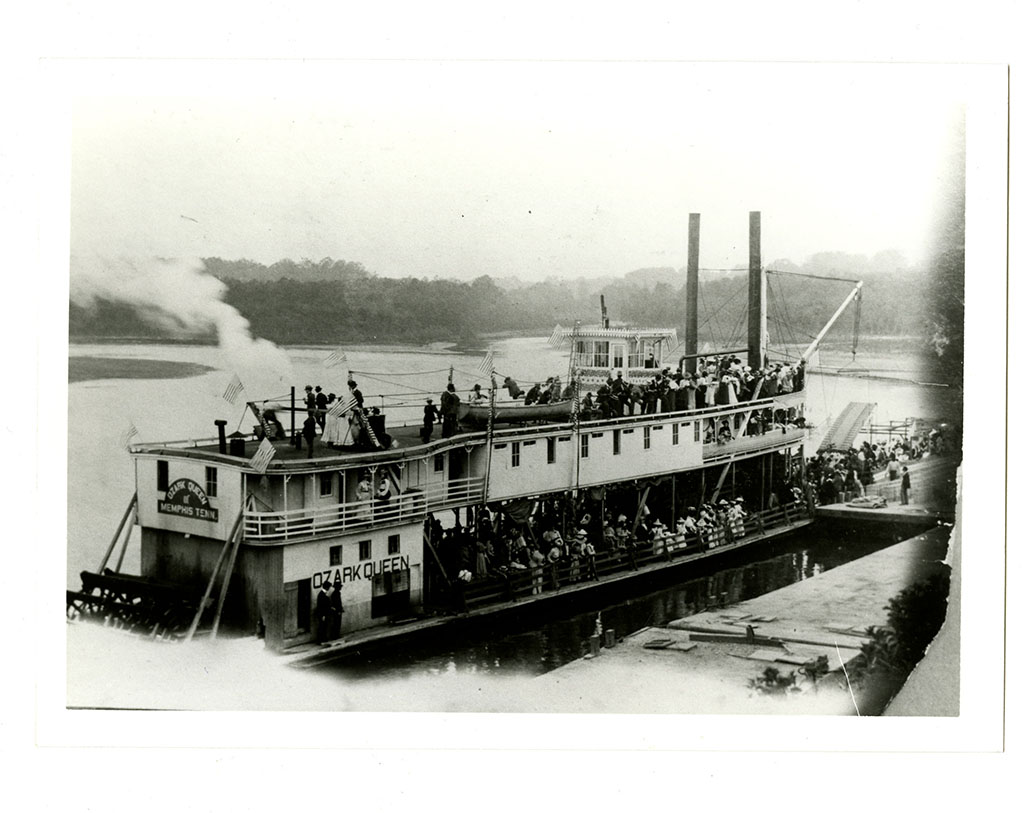By Dr. Curtis Varnell
As a child, Maverick was one of my favorite T.V. programs. With a sense of humor and a laconic demeanor, the three brothers plied the Mississippi riverboats and ports making a living by gambling. The riverboats always looked so romantic with the paddlewheels churning, music playing, and the wealthy enjoying life.
Our views of history are not always accurate. The original steamboats were far from luxurious and were more workhorses than showboats. Most were built to convey farm supplies, food, and to transport cotton; more the modern-day barge than a cruise line. Fueled by wood or coal, the boilers heated water to extreme temperatures and used the steam produced to power the pistons driving the paddle wheels. The boats were built to float high in the water so that they could avoid the many snags, fallen trees, and sandbars found in the rivers. Running aground could be bad-news. When that occurred, passengers and goods would be offloaded until the boat could once again be floated. In some instances, passengers might have to walk miles upstream until the water became deep enough to again board the boat. During dry season, the boats on the Arkansas river could not travel past Dardanelle so goods were offloaded and carried west on the military roads. At other times, the river flow was so great the steamboat would be furiously carried downstream but could not make headway upstream.

Steamboats arrived in Arkansas by 1820 and by 1822 the Eagle delivered supplies as far west as Dwight Mission near Russellville. Soon, they were found stopping along every little village and hamlet that had access to a stream of water. Photos show the early steamboats loaded down with bales of cotton and goods, far from the romantic boats I envisioned.
Steamboats were used to transport natives involved in the Trail of Tears and used even more extensively to deliver men and arms during the Civil War. One of the more intriguing stories from that time period involved the gun battle at Ivey Ford near Roseville. On Jan. 14, 1865, Col. William Brooks lead a group of 1,500 men north to assess the strength of Union garrisons on the Arkansas River. At about the same time, a flotilla of four steamboats consisting of the Ad. Hine, the Lotus, the Annie Jacobs, and the New Chippewa were in Fort Smith picking up a load of refugees to deliver to Little Rock.

Brooks attacked Dardanelle but was repulsed. Turning west, they moved west 18 miles above Clarksville and established an ambush on the south side of the river at Ivey Ford (Roseville). The four boats loaded with refugees and about 270 Union soldiers arrived in the same area at about one o’clock in the afternoon on Jan. 17. The New Chippewa was in the lead as they rounded the bend and immediately were attacked by the Confederate forces and artillery. The New Chippewa grounded on the south bank and its men and cargo were captured. The boat was left to burn. Following, the Annie Jacobs was hit and grounded on the north bank followed by the Lotus. The Union commander on the Ad. Hine gathered his forces and sent for help from a nearby Union garrison. Brooks broke off the engagement and retreated with his load of hastily gathered supplies and prisoners from the New Chippewa. Union forces abandoned the Annie Jacobs and the burning New Chippewa and continued to Little Rock, accompanied by Union troops following on both banks. Rumors of abandoned payroll chests and tons of artifacts abound to this day but no one has ever completely explained what happened to the remains of these two paddleboats.
After the war, railroads replaced steamboats as the major means of travel and transportation. Sitting under the arch at St. Louis, my family finally received that romantic ride on the steamboat. With jazz playing and a Diet Coke in my hand, I searched in vain for one of those Maverick brothers to join me in a game of spades!!!






